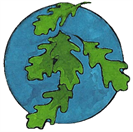

Sources:
Trees of North America- A guide to field identification-a Golden Field Guide from St. Martin's Press © 2002 By C. Frank Brockman p.34
The Encyclopedia of North American Trees by Sam Benvie. Firefly Books Ltd.,2000 Buffalo, NY © 2000 Sam Benvie p.181
Diseases of Trees and Shrubs, 2nd edition, by Wayne A. Sinclair and Howard H. Lyon, © 2005 Cornell University, Cornell University Press, p. 214, 300, 502
USDA, NRCS. 2011. The PLANTS Database (<http://plants.usda.gov/>, 22 August 2011). National Plant Data Team, Greensboro, NC 27401-4901
Archer, Amy J.. 2000. Pinus serotina. In: Fire Effects Information System, [Online]. U.S. Department of Agriculture, Forest Service, Rocky Mountain Research Station, Fire Sciences Laboratory (Producer). Available: http://www.fs.fed.us/database/feis/ [2011, August 22].
Trees of North America- A guide to field identification-a Golden Field Guide from St. Martin's Press © 2002 By C. Frank Brockman p.34
The Encyclopedia of North American Trees by Sam Benvie. Firefly Books Ltd.,2000 Buffalo, NY © 2000 Sam Benvie p.181
Diseases of Trees and Shrubs, 2nd edition, by Wayne A. Sinclair and Howard H. Lyon, © 2005 Cornell University, Cornell University Press, p. 214, 300, 502
USDA, NRCS. 2011. The PLANTS Database (<http://plants.usda.gov/>, 22 August 2011). National Plant Data Team, Greensboro, NC 27401-4901
Archer, Amy J.. 2000. Pinus serotina. In: Fire Effects Information System, [Online]. U.S. Department of Agriculture, Forest Service, Rocky Mountain Research Station, Fire Sciences Laboratory (Producer). Available: http://www.fs.fed.us/database/feis/ [2011, August 22].
Map courtesy USDA NRCS PLANTS Database
Pond Pine,
Pinus serotina Michx.
Pinus serotina Michx.
Common names: Marsh Pine, Pocosin Pine
Synonyms: Pinus rigida Mill. Spp. Serotina (michx.) R.T. Clausen
State List: AL, DE, FL, GA, MD, NC, NJ, SC, VA
Visit the Image Gallery for more photos
View all Native North American pine trees
Botanical
Found in swamps, marshes and moist sites, Pond Pine is an important wetland native species. It grows to between 40 and 80 feet tall with an open, rounded, irregular crown. Branches are thick and occasionally, there are needle clusters on the trunk. The scaly, red-brown bark is of medium thickness and is fissured into irregular plates. Slender and flexible, the yellow-green needles are 3 bundled, sometimes 4, and are 6 to 8 inches in length. Pinus serotina Michx. has serotinous cones, meaning they only open after a fire to release seeds. The yellow-green female cones are oval, 2 to 2.5 inches long, with thin, prickle tipped scales. They persist, or stay on the tree, for 2 to 8 years, Seeds are brown, single winged and measure 1 to 1.2 inches long (including wing).
Synonyms: Pinus rigida Mill. Spp. Serotina (michx.) R.T. Clausen
State List: AL, DE, FL, GA, MD, NC, NJ, SC, VA
Visit the Image Gallery for more photos
View all Native North American pine trees
Botanical
Found in swamps, marshes and moist sites, Pond Pine is an important wetland native species. It grows to between 40 and 80 feet tall with an open, rounded, irregular crown. Branches are thick and occasionally, there are needle clusters on the trunk. The scaly, red-brown bark is of medium thickness and is fissured into irregular plates. Slender and flexible, the yellow-green needles are 3 bundled, sometimes 4, and are 6 to 8 inches in length. Pinus serotina Michx. has serotinous cones, meaning they only open after a fire to release seeds. The yellow-green female cones are oval, 2 to 2.5 inches long, with thin, prickle tipped scales. They persist, or stay on the tree, for 2 to 8 years, Seeds are brown, single winged and measure 1 to 1.2 inches long (including wing).

Modern and Historical Uses
While this native tree is not used often commercially or in landscaping, it does have value for pulpwood and in wetland management. Pond Pine is used to minimize soil erosion and it has an important role in wetland water quality improvements and maintenance efforts. Although not actively sought for this purpose, Pond pine resin, like all pines, can be a source for turpentine. The resin and turpentine have been used in times past in treatments of a variety of ailments. Respiratory complaints like coughing, bronchitis, common colds, and influenza were eased by steam
baths and inhalers. Skin problems,
wounds and sores were also treated
with poultices and salves. In the late
1800's, it was even used to treat
tuberculosis.
While this native tree is not used often commercially or in landscaping, it does have value for pulpwood and in wetland management. Pond Pine is used to minimize soil erosion and it has an important role in wetland water quality improvements and maintenance efforts. Although not actively sought for this purpose, Pond pine resin, like all pines, can be a source for turpentine. The resin and turpentine have been used in times past in treatments of a variety of ailments. Respiratory complaints like coughing, bronchitis, common colds, and influenza were eased by steam
baths and inhalers. Skin problems,
wounds and sores were also treated
with poultices and salves. In the late
1800's, it was even used to treat
tuberculosis.
Habitat
Pond pine is shade intolerant and is a frequent overstory tree in swamps, marshes and poor draining sites. Adapted to wetlands, it has a moderate tolerance to periodic flooding. It prefers a soil pH between 4.8 and 6.8 with a medium texture. Although it is moisture loving, it commonly occurs where the water table levels change dramatically and where there is a higher risk of fire. Pinus serotina Michx. is highly adapted to fire and thrives where frequent fires occur. Like the Pitch pine, but still unusual for pines, this native tree can resprout from the root collar as a sapling or a mature tree, if the top is killed by fire. Another fire adaptation Pond pine has are dormant growth buds within the bark. When branches or trunk are scorched or defoliate, these hidden, protected buds burst through and sprout vigorously on both the branches and trunk. This also occurs when the tree is cut. These characteristics, combined with the cones' serotinous ability, give Pond pines an advantage over other trees in fire damaged areas and it quickly repopulates. This species, however, is not very drought tolerant and requires 40 to 60 inches of rain annually. It is cold hardy down to -3°F but needs 190 frost free days a year.
Pond pine is shade intolerant and is a frequent overstory tree in swamps, marshes and poor draining sites. Adapted to wetlands, it has a moderate tolerance to periodic flooding. It prefers a soil pH between 4.8 and 6.8 with a medium texture. Although it is moisture loving, it commonly occurs where the water table levels change dramatically and where there is a higher risk of fire. Pinus serotina Michx. is highly adapted to fire and thrives where frequent fires occur. Like the Pitch pine, but still unusual for pines, this native tree can resprout from the root collar as a sapling or a mature tree, if the top is killed by fire. Another fire adaptation Pond pine has are dormant growth buds within the bark. When branches or trunk are scorched or defoliate, these hidden, protected buds burst through and sprout vigorously on both the branches and trunk. This also occurs when the tree is cut. These characteristics, combined with the cones' serotinous ability, give Pond pines an advantage over other trees in fire damaged areas and it quickly repopulates. This species, however, is not very drought tolerant and requires 40 to 60 inches of rain annually. It is cold hardy down to -3°F but needs 190 frost free days a year.
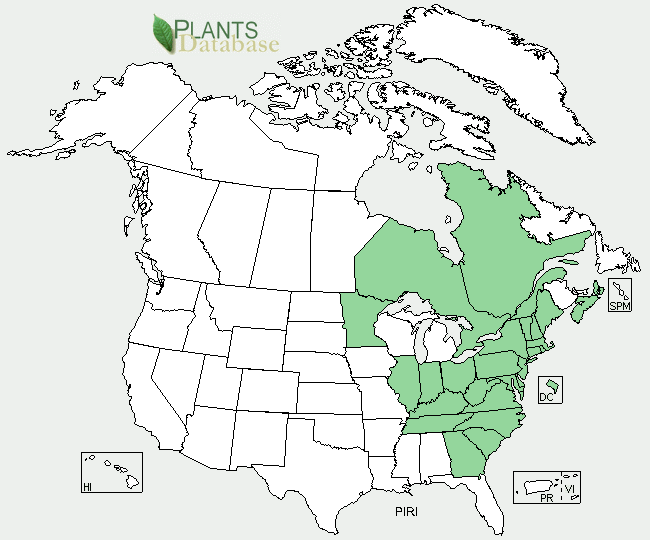
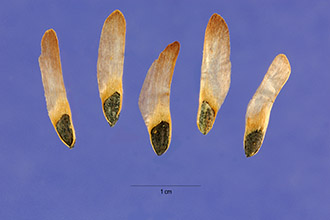
Pond Pine, Pinus serotina Michx seeds.
Photo citation: Steve Hurst @ USDA NRCS PLANTS Database
Photo citation: Steve Hurst @ USDA NRCS PLANTS Database
Diseases and Pests
Pinus serotina Michx is a host species of Atropellis tingens. This disease causes cankers to form at the base of needle fascicles and kills smaller branches and sometimes the main stem of a tree. In the first year of infection, the cankers grow quickly, followed by slowed growth and become inactive within 10 years. The foliage of infected branches turns brown in the spring and dies. Another disease associated with Pond pine is comandra blister rust, Cronartium comandrae, which can cause galls, but most often causes spindle shaped swellings. Pond pine is also susceptible to red heart disease.
Propagation
Pond pine requires cold stratification, ideally 30 days at temperatures between 33°F and 41°F. Germination usually occurs in about 24 days. This species also takes well to both bareroot and container plantings.
Pinus serotina Michx is a host species of Atropellis tingens. This disease causes cankers to form at the base of needle fascicles and kills smaller branches and sometimes the main stem of a tree. In the first year of infection, the cankers grow quickly, followed by slowed growth and become inactive within 10 years. The foliage of infected branches turns brown in the spring and dies. Another disease associated with Pond pine is comandra blister rust, Cronartium comandrae, which can cause galls, but most often causes spindle shaped swellings. Pond pine is also susceptible to red heart disease.
Propagation
Pond pine requires cold stratification, ideally 30 days at temperatures between 33°F and 41°F. Germination usually occurs in about 24 days. This species also takes well to both bareroot and container plantings.
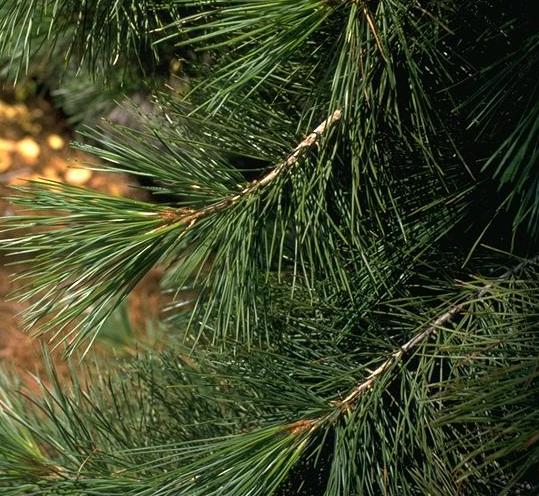
Pond pine is one of the most fire adapted of all pine trees




™
- Trees
- A-Z scientific
- A-Z by Common Name
- Families
- Aceraceae Maple Family
- Anacardiaceae Sumac Family
- Annonaceae Custard Apple Family
- Aquifoliaceae Holly Family
- Arecaceae, Palm Family
- Betulaceae Birch family
- Bignoniaceae Trumpet Creeper Family
- Burseraceae Frankincense Family
- Caprifoliaceae Honeysuckle Family
- Chrysobalanaceae Coco-plum Family
- Cornaceae Dogwood Family
- Cupressaceae Cypress Family
- Cyrillaceae Cyrilla Family
- Ebenaceae Ebony Family
- Ericaceae Heath Family
- Fabaceae Pea Family
- Fagaceae Beech Family
- Hamamelidaceae Witch Hazel Ffamily
- Hippocastanaceae Horse Chestnut Family
- Juglandaceae Walnut Family
- Lauraceae Laurel Family
- Leitneriaceae Corkwood Family
- Magnoliaceae Magnolia Family
- Meliaceae Mahogany Family
- Moraceae Mulberry Family
- Myricaceae Bayberry Family
- Myrsinaceae Myrsine Family
- Myrtaceae Myrtle Family
- Nyctaginaceae Four Oclock Family
- Olacaceae Olax Family
- Oleaceae Olive Family
- Pinaceae Pine Family
- Platanaceae Plane Tree Family
- Polygonaceae Buckwheat Family
- Rhamnaceae Buckthorn Family
- Rosaceae Rose Family
- Rubiaceae Madder Family
- Rutaceae Rue Family
- Salicaceae Willow Family
- Sapindaceae Soapberry Family
- Sapotaceae Sapodilla Family
- Simaroubaceae Quassia Family
- Styracaceae Storax Family
- Symplocaceae Sweetleaf Family
- Theaceae Tea Family
- Tiliaceae Lindon Family
- Ulmaceae Elm Family
- Taxaceae Yew Family
- Yucca Family
- Browse by State
- Rare or Endangered Species
- Trees_with_Special_Uses
- Tallest and Biggest
- Noxious Weeds
- Causes
- About Us
- Our Stores
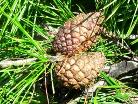
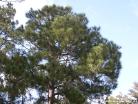
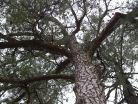
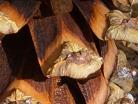
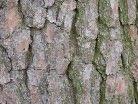
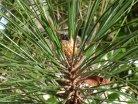
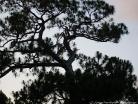

Custom Search


Want to add your tree to our picture gallery? Click here for details!
Tree lists:
•A-Z by scientific
name
•A-Z by common
name
•By Family
For state A-Z list click state name below.
•A-Z by scientific
name
•A-Z by common
name
•By Family
For state A-Z list click state name below.
-Color denotes a tree that is rare or endangered

